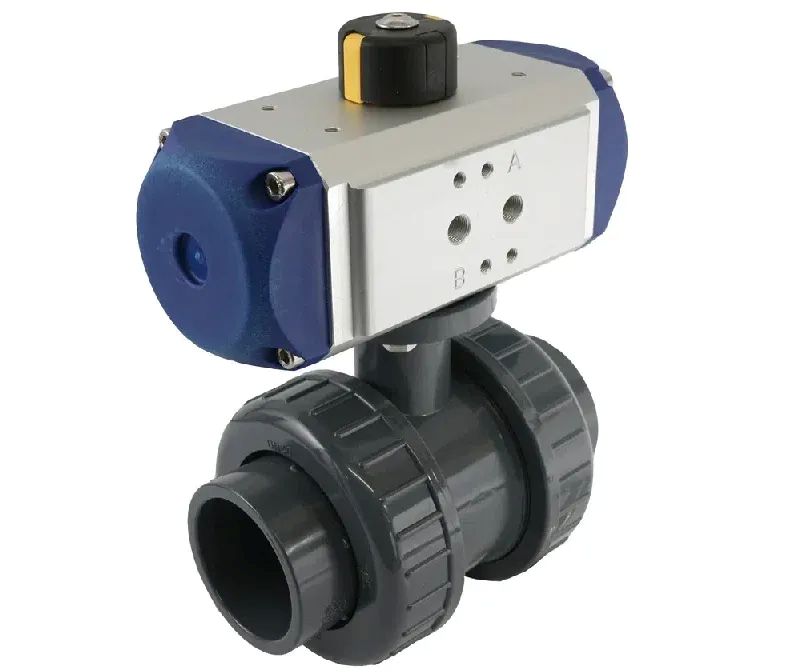


Pneumatic Ball Control Valves: Precision Automation for Industrial Flow Management
Pneumatic ball control valves are critical components in industrial fluid systems, offering precise, reliable, and efficient flow control. These China Control Valves use compressed air or gas to rotate a ball mechanism, allowing for quick responses and ensuring energy efficiency and durability. As industries continue to evolve towards automation and smarter control technologies, pneumatic ball valves remain a preferred choice for engineers globally.
A pneumatic ball control valve regulates the flow of liquids or gases using a spherical ball inside a valve body. When the valve is open, the ball’s hole aligns with the pipe, allowing flow. When closed, the ball rotates 90 degrees, blocking the flow. The rotation is driven by a pneumatic actuator, which converts compressed air into mechanical motion, enabling the valve to open or close swiftly.
These valves are commonly used in high-pressure, high-volume applications like chemical processing, water treatment, oil and gas, pharmaceuticals, food and beverage, and power generation, where precise flow control is necessary.
A pneumatic ball valve system typically consists of two key components:
Ball Valve Body: The ball, often made of stainless steel, rotates inside a cavity, sealing against seats (e.g., PTFE) to ensure tight shutoff.
Pneumatic Actuator: The actuator is powered by compressed air and comes in two types:
Single-Acting (Spring Return): Uses a spring to return the valve to its default position when air is released, offering fail-safe operation.
Double-Acting: Requires air pressure for both opening and closing, suited for larger valves or systems with frequent actuation.
Pneumatic actuators offer quicker cycle times compared to electric actuators, no spark risk in explosive environments, and lower initial costs for large valves.
Pneumatic ball valves provide several advantages:
Speed: They offer rapid open/close cycles, ideal for systems needing fast response times.
Fail-Safe: Single-acting actuators automatically return the valve to a safe position if air supply is lost.
Energy Efficiency: Pneumatic actuators consume energy only during actuation, making them more energy-efficient than electric alternatives.
Compact and Lightweight: Pneumatic actuators are generally smaller and lighter, making them suitable for space-constrained installations.
Durability: These valves are built to last, withstanding harsh environments and continuous operation.
Low Maintenance: Fewer moving parts and less heat generation reduce wear and maintenance requirements.
Pneumatic ball control valves are used across various industries:
Oil & Gas: For isolation and shutoff in pipelines.
Chemical Processing: Managing corrosive fluids and blending systems.
Water Treatment: For controlling filtration systems and dosing.
Pharmaceuticals: Ensuring hygienic transfer of fluids in clean environments.
HVAC: Regulating heating and cooling systems.
Power Generation: Controlling steam and condensate flow.
Proper installation is key to ensuring optimal performance. Factors such as material selection for the valve body and actuator, compatibility with system pressure and temperature, and proper seal integrity should be carefully considered. Regular maintenance is necessary to ensure long-term performance, including cleaning and lubricating moving parts, inspecting seals, and checking actuator functionality.
Pneumatic ball control valves are essential for fast, reliable, and efficient flow control in numerous industrial sectors. Their speed, durability, and energy efficiency make them a preferred choice for automated systems. By ensuring proper installation, regular maintenance, and appropriate selection, these valves contribute to the seamless operation of critical fluid systems.Know more about Google SEO Directory
